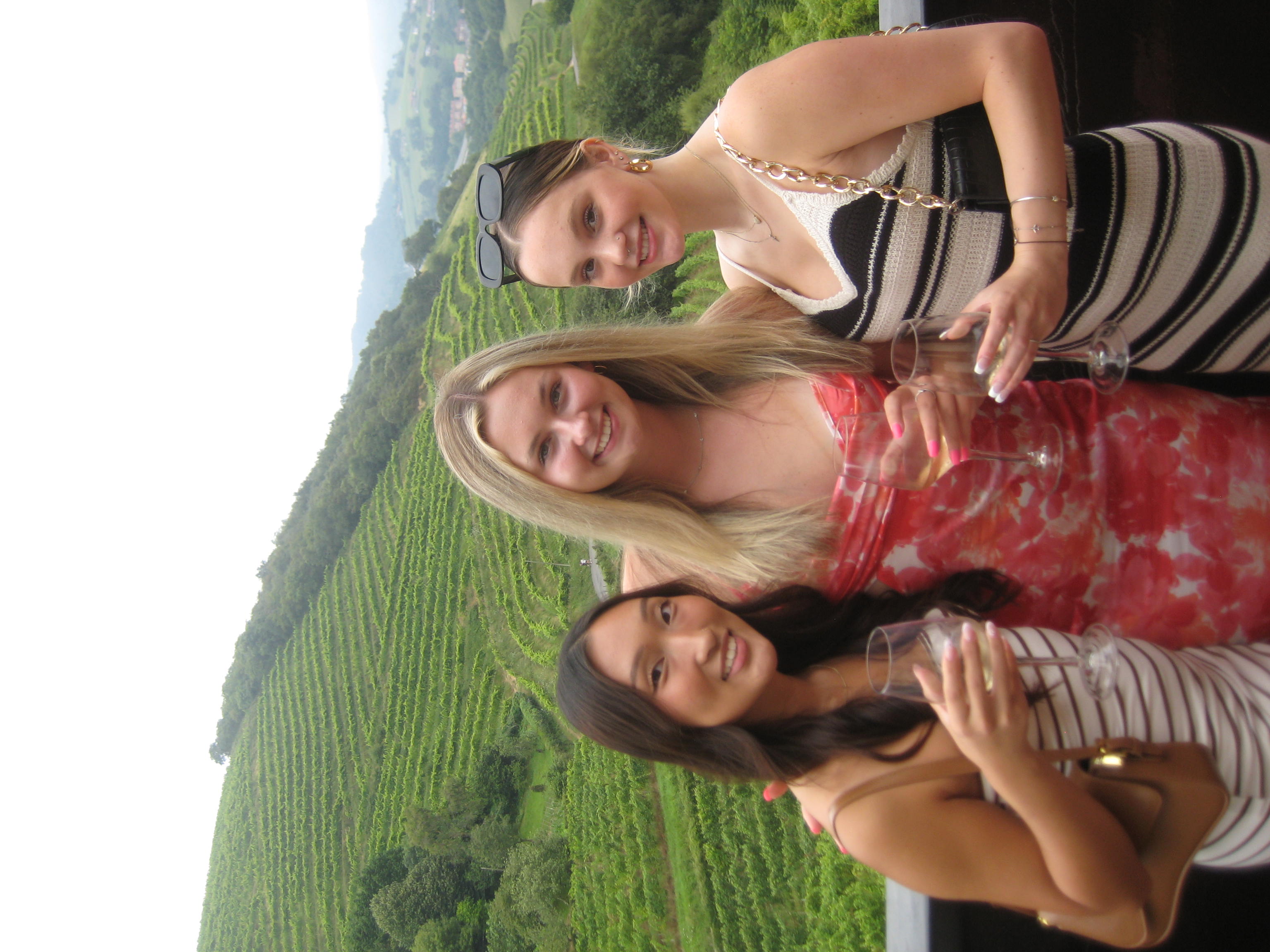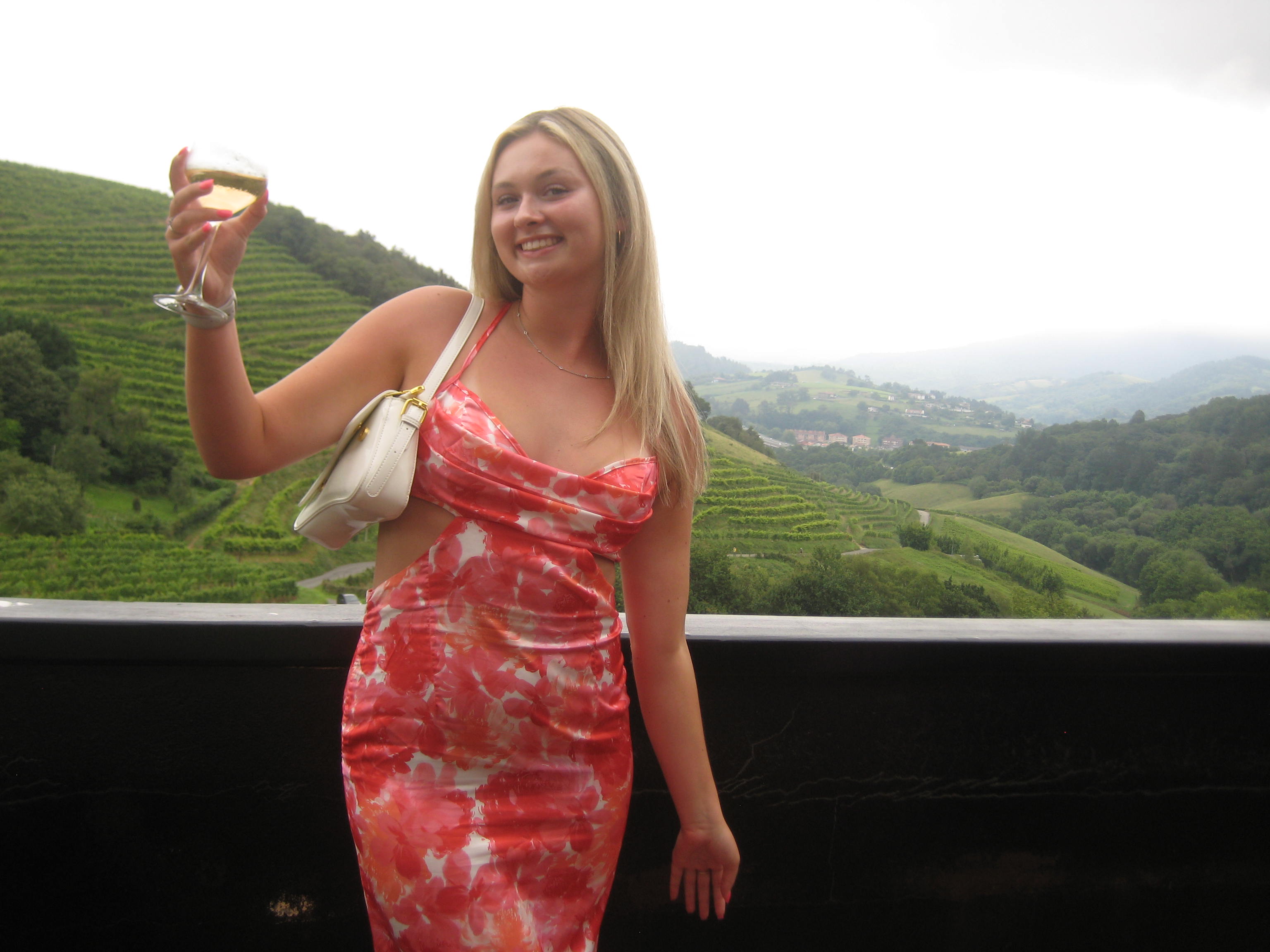First Impressions of San Sebastián
When I signed up for San Sebastián, I was filled with excitement, curiosity, and joy. I have now been in San Sebastián for a week and haven’t experienced a dull moment. This experience has already given me so much knowledge of the Basque culture, and I look forward to continuing to immerse myself further into their culture in my remaining two weeks. During the first week, everything was new, and exciting/ Everyone in session two worked together to navigate this wonderful city. Even though we have only known each other for seven days I can honestly say I am going to walk away from this experience with lifelong friends and memories. I was eager to learn the Spanish language but also nervous. I took Spanish in high school and left away from that experience with no knowledge of Spanish. After studying only one week here, I feel like my Spanish has improved significantly. I can now hold a conversation with the Basque people, which is one of my favorite things to do when going out. My experience in Spain has been nothing short of magical, making me feel like I’m on a constant vacation. The cultural differences are striking, yet my time here has been wonderfully enriching.
History and Significance of Txakoli Wine
During my time in San Sebastián, I had the pleasure of visiting the Txakoli winery in Getaria, a family owned vineyard that has been passed down through five generations and is now run by two sisters. This is the only winery in the region run by two females, which I thought was very empowering. This winery is not just a business but a tribute to the rich heritage and cultural significance of Txakoli wine in the Basque region. The Txakoli wine with its crisp, slightly sparkling character, is a staple of Basque culture. The history of Txakoli dates back centuries, with local families perfecting their winemaking techniques over generations. The Basque traditional winemaking methods produce a wine that is distinctively fresh and vibrant. This winery in Getaria stands out not only for its high quality wines but also for its deep rooted family traditions. Each bottle of Txakoli is a celebration of the family’s dedication and passion, reflecting the spirit of the Basque people. The winery’s commitment to preserving these traditions while innovating for the future makes it a vital part of the local community and a significant cultural landmark. Visiting this winery offered a glimpse into the history, culture, and craftsmanship that define Basque winemaking. It highlighted the importance of family legacies and the unique qualities that make Txakoli wine an essential part of the Basque identity.
Tour of the Winery
Before we had a chance to indulge ourselves in the flavorful Txakoli wine, we first had a tour of the winery. When you first enter you will notice this gorgeous circular window that overlooks the field of vines. The view was breathtaking! After meeting the current generation that runs the winery we began our tour. The first thing we saw was where the grapes are taken after they have been picked. We learned that the grapes aren’t squished 100% when extracting the juice because it can affect the quality of the wine. We were shown the process to make Txakoli wine. They use an autochthonous grape called Hondarrabi. There are two types of these grapes white and red or known as Hondarrabi Zuria and Hondarrabi Beltza. Both of these grapes are used to make the infamous Txakoli but they use mainly the Hondarrabi Zuria. Next we went to the fermentation room, where the wine is held in large stainless steel tanks. The room was cold, and they explained to us that the wine needs to be stored at 70 degrees to ensure its perfection. Txakoli is a young wine that doesn’t need to be aged. The grapes are harvested in September and the wine is ready by December, which is a really quick turnaround for wine. After the fermentation process is complete, the wine is stored in a colder atmosphere to crystallize the sedimentation, making the filtering process easier. Once filtered the wine is bottled and left to sweat before the labels are applied. This ensures the bottles are ready for purchase and then shipped both locally and to the United States and other places around the globe.
The Wine Tasting Experience
After our tour, it was finally time to try the Txakoli that all the locals had been raving about. We headed out to the terrace overlooking the vineyard, which offered beautiful views. We started off with the Txakoli. First we smelled the wine to identify its aromas. I detected hints of apples, lemons, and, of course grapes. We all waited patiently until it was time to take our first sip. As they had explained, it was a dry wine, and I enjoyed the little sparkle it had. To complement the wine, they also served bread, sheep cheese, and chorizo. I tried the sheep cheese with the bread, which was really good, but I didn’t try the chorizo as I am not usually adventurous with my palate. I really enjoyed the flavorful Txakoli, and next we tried the rosé. This one was my favorite! Finally, we tried the white and red wines that the winery also produces. After tasting all the delicious wines, we enjoyed the stunning views and chatted. It was really fun getting to know everyone. We had a fun photoshoot, and I am excited to make plans with my newfound friends in the future when we return home.


